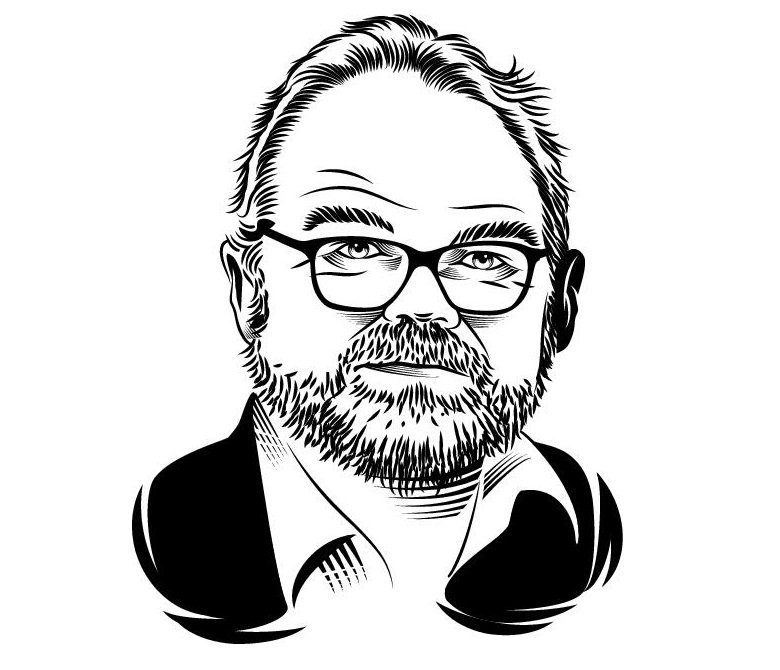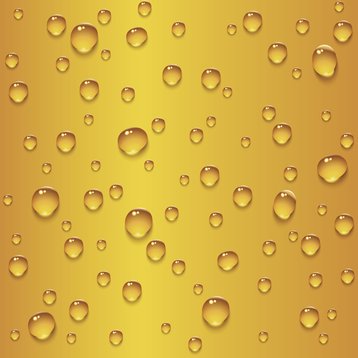The 4th Edition (late 2015) of the ASHRAE Thermal Guidelines has been published for a few months now but I haven’t seen, or heard, much discussion of what I consider to be a dramatic change. The significant change has been in the Recommended lower humidity limit which, in simple terms, means that humidification will NEVER be required in data centres containing ICT hardware of any generation since 2004 (the publication year of the first Thermal Guidelines).
Purchasing the Guidelines (less than £60 to download) represents excellent value for money as it is, as before, packed with valuable information from the only global resource covering ICT hardware but the ‘detail’ concerning the lower limit is that it has been changed to a dew point of -9°C (yes, below freezing!) so that bone-dry air will not cause any problems from static discharges under any circumstances.
Dry air saves cash
This change enables saving cash, both Capital in the purchase price of CRACs etc and Operational in energy cost (a pPUE of 0.005-0.01?) and humidifier element replacements (which has never been a cheap exercise).
However, despite it seeming to be a no-brainer, why do I ask if you are a gambler?
Don’t ‘bet the farm’ on the 4th Edition being fully adopted soon
Well, the 2011 Guidelines are now 5 years old and yet the industry has not jumped onto the widened temperature and humidity windows with relish and enthusiasm, with many still regarding the 2008 edition as ‘edge’ and avant-garde – so I wonder how long will it be before we see no humidification in all data centres? Given the extremely conservative nature of our industry I would not ‘bet the farm’ on the 4th Edition being 100 percent adopted any time before 2020…



